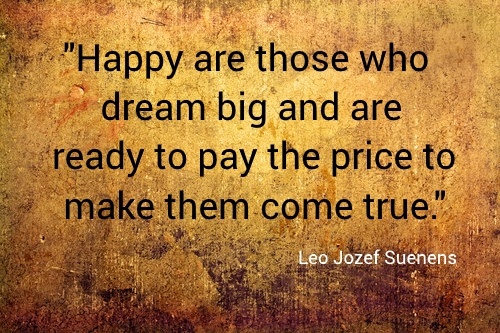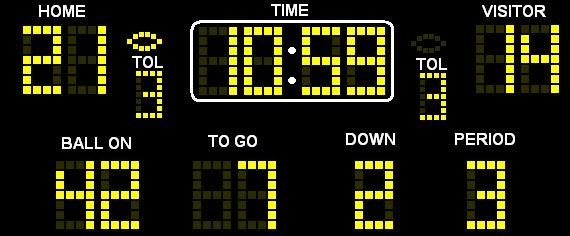I’m a bit of an introvert. While I love teaching, I don’t like giving business presentations. How about you?
According to Toastmasters International:
“Every day, employees of various companies around the world find themselves in career-defining speaking situations. Presentations like these often involve high stakes and are presented to busy people with the power to influence careers.
“Business presentations can make or break your career. The technical briefing, a straightforward presentation to inform, can cause trouble if you lose your audience. For the proposal, you must advocate an idea, product, or course of action, and convince others to agree. You may have to present complicated material to a nontechnical audience.”

I’ve given presentations in my career where everything was on the line. After a sleepless night, and with a tennis-ball mouth, I stood before an audience of skeptical judges. Quietly, I prayed that the technology would work properly, I wouldn’t say anything stupid, and the outcome would be favorable. But as they say, “some days you get the bear, and some days the bear gets you.”
Presentations are Business Systems
Like everything else, a business presentation is a “system.” The success of the presentation relies heavily on following correct principles for preparation and delivery.
When creating your business presentation system, you may appreciate a little help from the experts. Today I’ve included a slide presentation that I think you will enjoy. In five minutes, you will learn the following, and more:
- 10 lessons from the world’s most captivating presenters.
- How to give presentations that go from yawn inspiring to awe-inspiring.
- Tips for creating presentations that get results.
- How much time to spend in preparation and practice.















